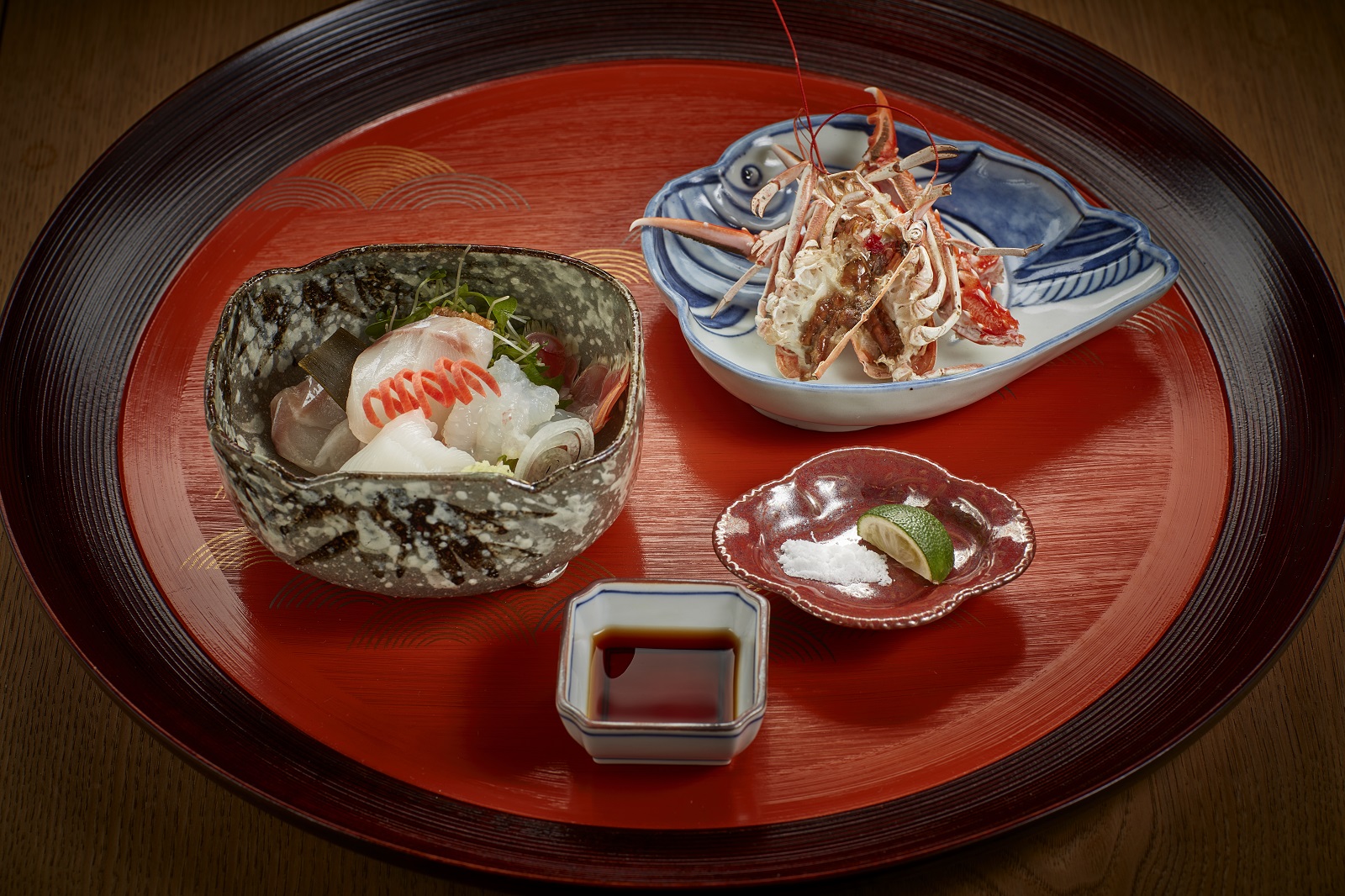Diners no longer need to travel to Japan for a taste of kaiseki cuisine because London’s Roketsu will transport them straight to Kyoto for a ten-course lesson in Japanese culture, taste and beauty. Olivia Palamountain reports
Roketsu is a Japanese restaurant located in a humble spot behind Marble Arch in London. I was booked for dinner, but what unfolded felt more like art.
The only restaurant to serve kaiseki cuisine in London, Roketsu is helmed by Chef Daisuke Hayashi, one of the only masters of this highly specialised style of dining in the world.
So what exactly is kaiseki? Understanding the nuances and complexities of such a sophisticated cuisine would take a lifetime, (just ask Hayashi, who spent years training at triple Michelin starred kaiseki restaurant Kikunoi in Kyoto, so I’ll give you the top lines.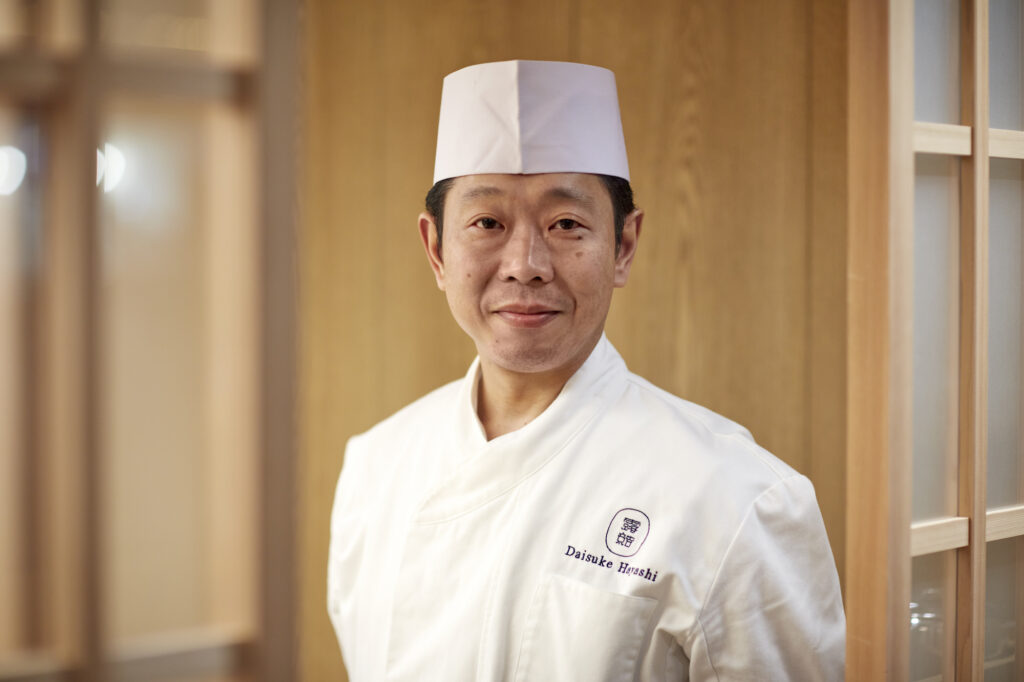 The embodiment of omotenashi, which means “wholehearted hospitality”, the the central tenet of kaiseki cuisine is to convey respect, making guests feel special and at ease.
The embodiment of omotenashi, which means “wholehearted hospitality”, the the central tenet of kaiseki cuisine is to convey respect, making guests feel special and at ease.
It was traditionally a meal served to Buddhist monks at tea ceremonies and comprises ten courses, all of which are centred around dashi (Japanese stock) and guided by seasonal ingredients to ensure flavours are at their fullest.
Kaiseki is distinguished not only by its seasonal-specific flavours, presentation and sense of celebration, but also as a means to convey wabi, a philosophy centred on the acceptance of transience and imperfection.
Phew. Fortunately, no homework is necessary to enjoy Roketsu – and the experience is not nearly as intense as it sounds.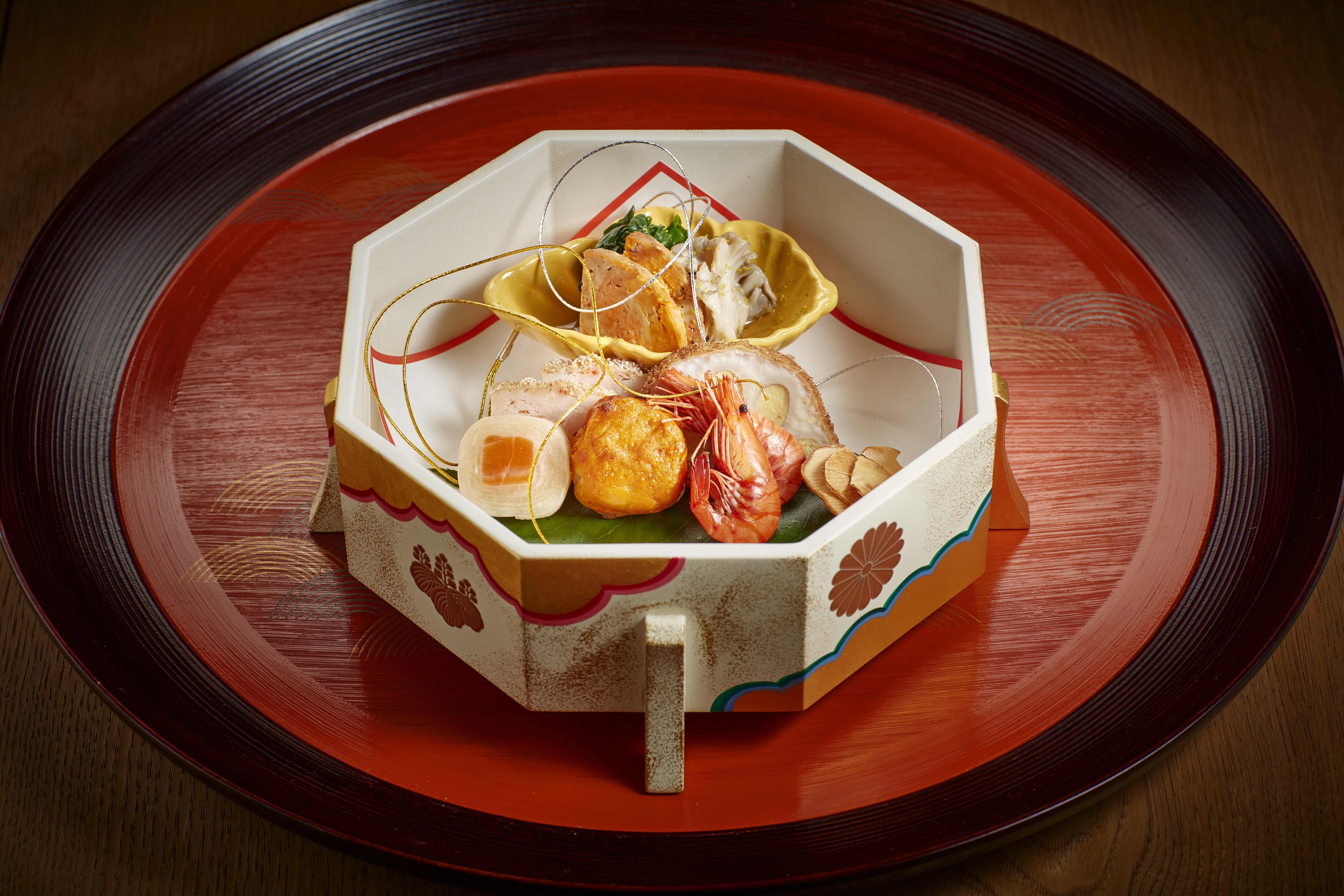 A portal to another world, an ethereal calm descended as soon as we entered the restaurant and swapped soggy London skies for a womb of warm and soothing cappuccino tones.
A portal to another world, an ethereal calm descended as soon as we entered the restaurant and swapped soggy London skies for a womb of warm and soothing cappuccino tones.
A quick buzz around the space reveals a dining counter for its set menu feasts and basement Bo-sen. Despite sharing the sophisticated and serious styling that runs through the space, the latter is actually a casual spot for light meals and choice from more than 500 brands of wine and sake.
The kaiseki banquet is open to a maximum of 16 diners a night over two time slots (6pm or 8.45pm) and the meal takes 2.5 hours to complete from start to finish.
Guided to our spots at the ten-seat counter, we watched as four sous chefs chopped, diced, steamed and sliced Chef Hayashi’s creations in reverent concentration.

The theme for this particular feast was “Girl’s Day”, an annual celebration that falls on March 3, translated through vibrant coloured produce and particularly joyful plating.
After being presented with a hot towel and a bijou flask of sake, we were served “Sakizuke”, a portion of beetroot tofu and sea urchin, topped with freshly-grated wasabi.
With a texture redolent of ectoplasm, it was not for the faint-hearted, however I loved it nonetheless – just not as much as “Hassun”, a cornucopia of delights presented in a colourful, handmade jewellery box.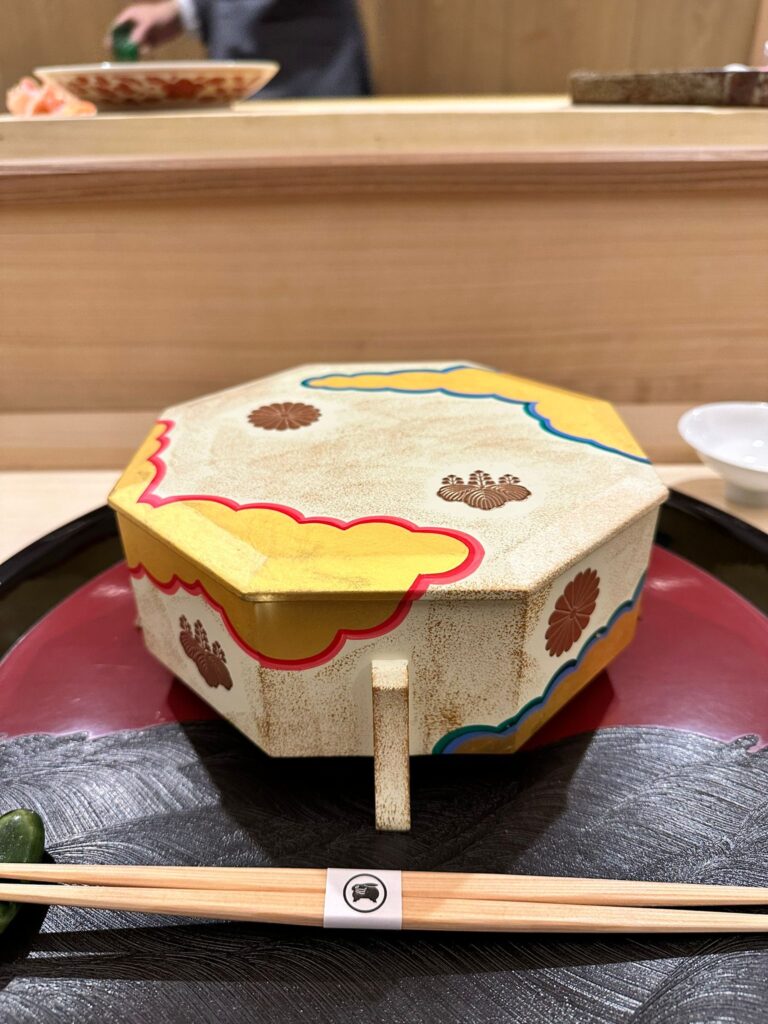 Lifting the lid on this printed chest was like discovering buried treasure, but instead of gemstones, instead we found fish: dover sole, scallop, sardine, salmon, herring roe, tender stem broccoli, bamboo shoot and mugwort.
Lifting the lid on this printed chest was like discovering buried treasure, but instead of gemstones, instead we found fish: dover sole, scallop, sardine, salmon, herring roe, tender stem broccoli, bamboo shoot and mugwort.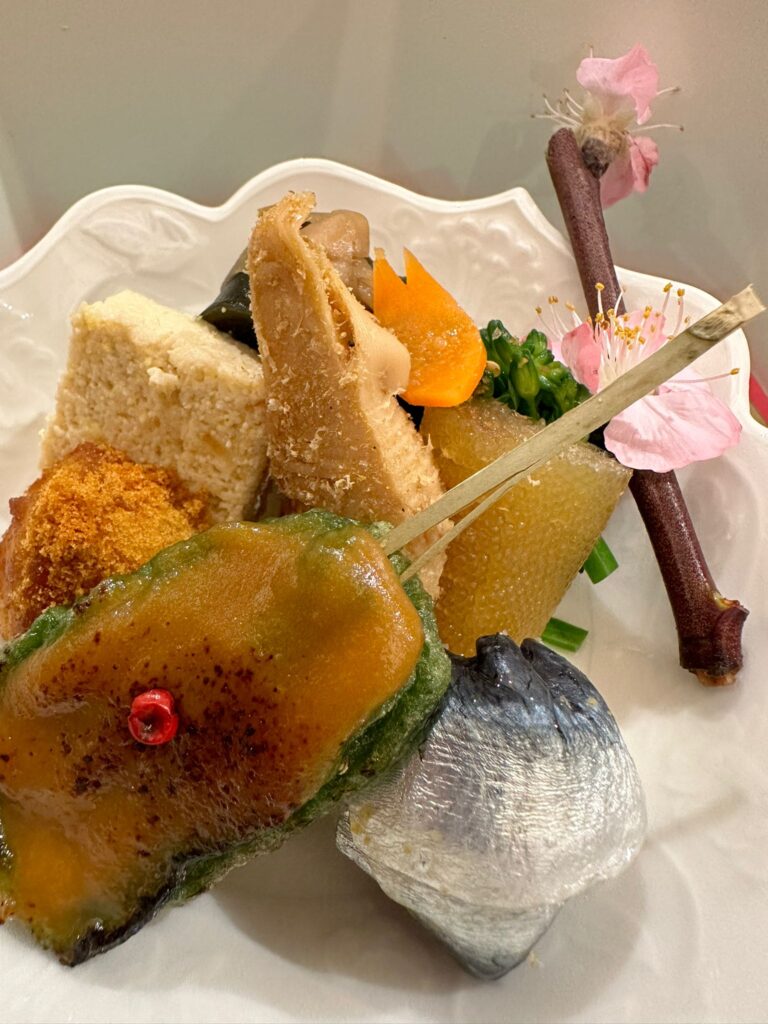
As pretty as it was delicious, the “Hassun” course encapsulated the kaiseki spirit beautifully (I imagined).
Kaiseki courses are made with meticulous attention to detail from the intricate flavours extracted from seasonal ingredients, aesthetics of each dish and portion sizes to ensure there is no waste.
This is evident in the “Muzozuke”, a trio of dover sole, langoustine and squid. These delightful fishy friends came arranged in an egg yolk-yellow ceramic vessel, a blast of sunshine and hymn to 60s flower power.
In line with the zero-waste philosophy, we were also served the langoustine heads, shells and claws, fresh off the grill, and ready to suck on, pick at and generally make a mess with.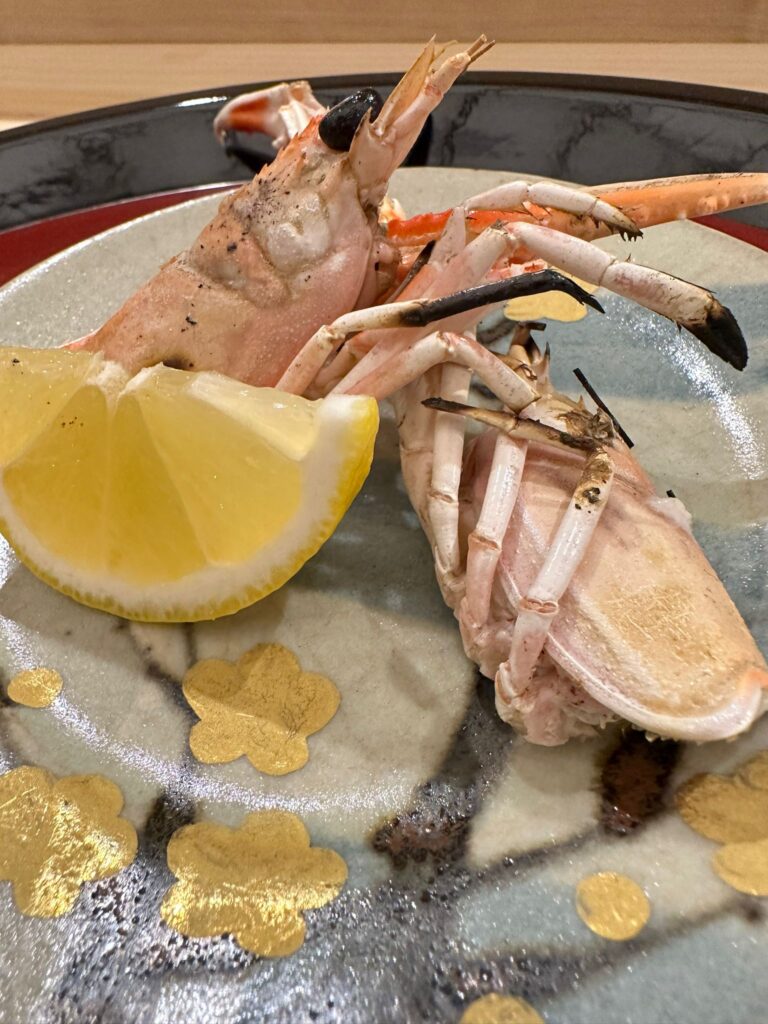 I spent my childhood summers in Sweden excising creamy shrimp brains from their heads with my tongue, so I felt professionally messy, at least. It goes without saying that you’ll need to like fish – a lot – to make the most out of dining at Roketsu.
I spent my childhood summers in Sweden excising creamy shrimp brains from their heads with my tongue, so I felt professionally messy, at least. It goes without saying that you’ll need to like fish – a lot – to make the most out of dining at Roketsu.
A plate of toro sashimi appears next, glistening with natural oils and served with an egg yolk-enriched sauce that might as well have been liquid gold.
Further plated poetry ensued – think refreshing miso soup, alive with herbs, more Scandi-crossover by way of smoked chalkstream trout, with miso pickle, served with a crisp skin cracker, plus clams with julienned veg and a dollop of caviar.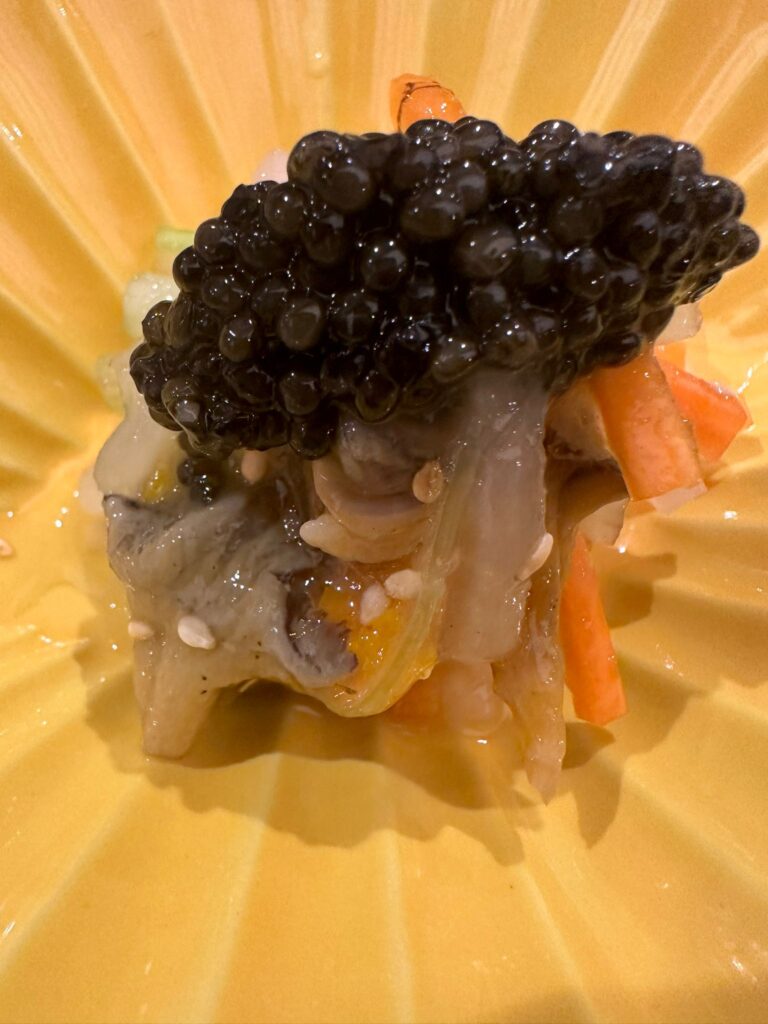 Every dish was announced and explained with minimal faff by sommelier Ryosuke Mashio, who prior to his appointment here, spent 13 years as head sommelier at Michelin-starred Umu. He’s generous with the sake, too.
Every dish was announced and explained with minimal faff by sommelier Ryosuke Mashio, who prior to his appointment here, spent 13 years as head sommelier at Michelin-starred Umu. He’s generous with the sake, too.
I loved watching the master, chef Hayashi, at work. Damn, he knows how to focus. All nimble fingers and serene composure, he gets busy on the counter then stands back in the wings like a bouncer at a rave, as diners eyes widen at the remarkable flavours and textures gracing their tastebuds. Even better was observing his team present their handiwork for sign off: chef tastes it with the composure of a poker player and, if they’ve done their job to his standards, signals so with a nod. Not a word is spoken.
Even better was observing his team present their handiwork for sign off: chef tastes it with the composure of a poker player and, if they’ve done their job to his standards, signals so with a nod. Not a word is spoken.
As we near the end of the menu, a hot pot emerges, featuring its own gas ring to keep things cosy. Inside inside is a miso-rich broth of exquisite beauty that makes my mouth sing and my heart happy.
This is accompanied by slices of raw lamb and wild garlic leaves to braise in the fondue, plus a truffle sauce – decadent doesn’t cover it.
A quick carrot soup and chirashi-zushi (on a bed of rice) later and it was time for pud. Can you believe that I still had room for something sweet (milk ice cream and strawberry soup, which was excellent too, by the way)?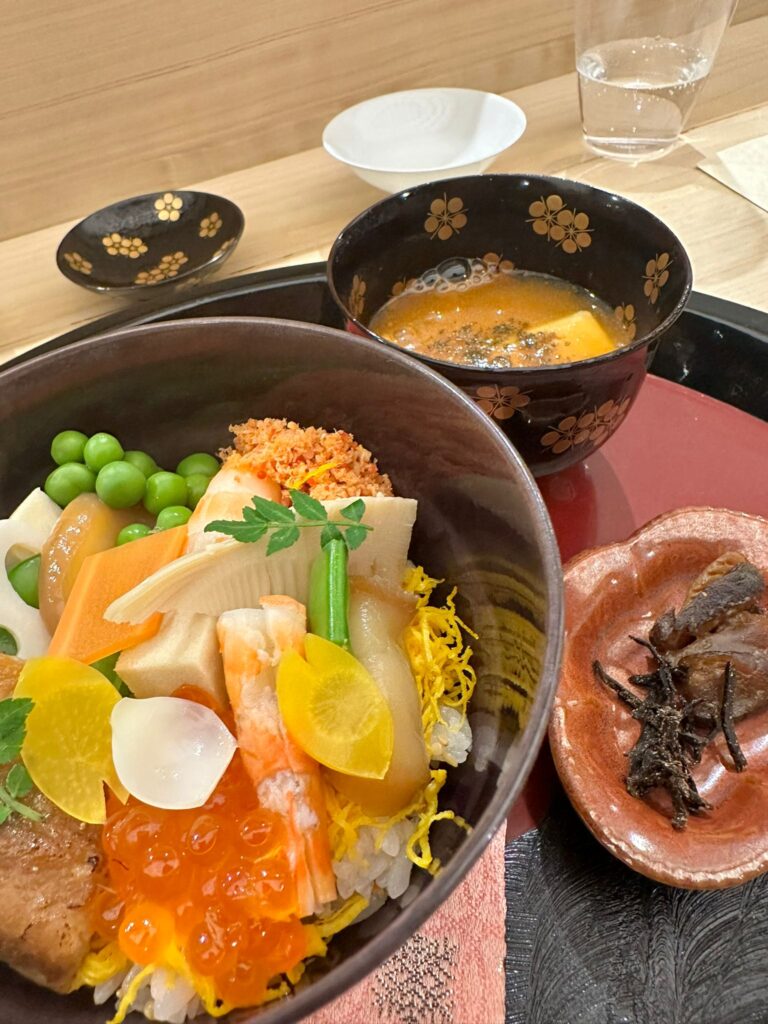 That’s possibly the cleverest thing about chef Hayashi’s cuisine – it’s so perfectly balanced that you can eat and enjoy every mouthful with gusto, and leave feeling light but satisfied. Sorcery.
That’s possibly the cleverest thing about chef Hayashi’s cuisine – it’s so perfectly balanced that you can eat and enjoy every mouthful with gusto, and leave feeling light but satisfied. Sorcery.
Kaiseki dinner at Roketsu is not cheap, but for a unique and magnificent experience, why should it be? Menus are priced at £190 per person; a sake and wine pairing is on offer at £95, a prestige sake and wine paring at £200, and a non-alcoholic pairing at £75.
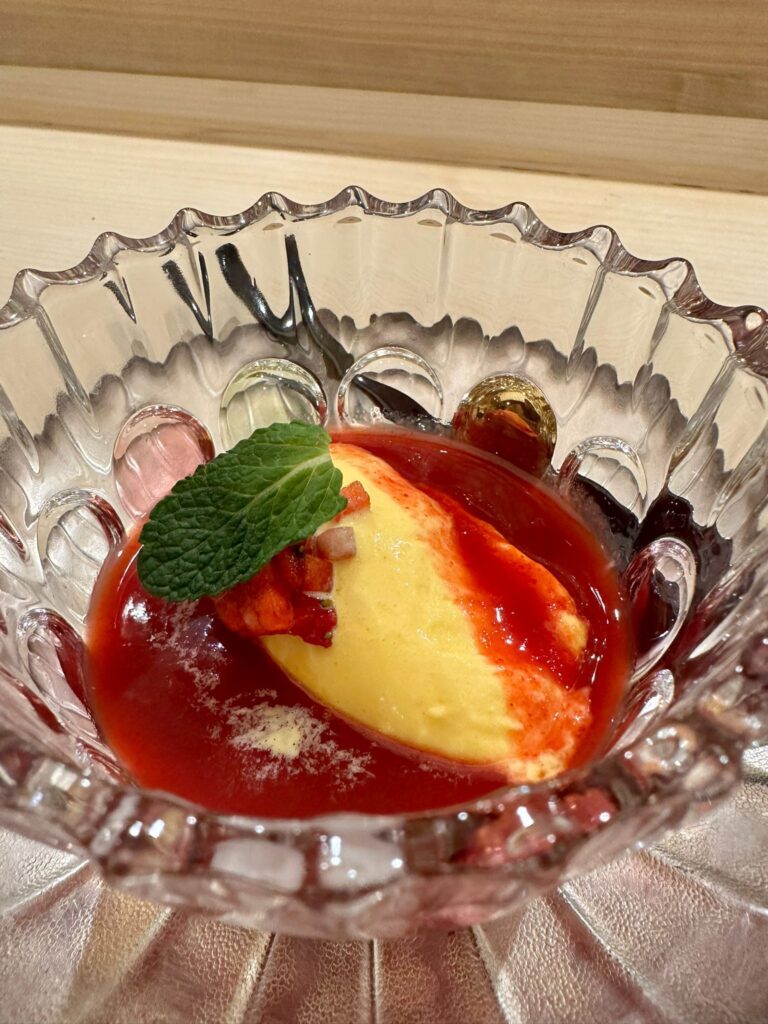 It’s not just the food that’s unique; every element of Rokestsu has been consciously crafted to reflect the sublime experience for which Kaiseki feasting is renowned.
It’s not just the food that’s unique; every element of Rokestsu has been consciously crafted to reflect the sublime experience for which Kaiseki feasting is renowned.
Some 400 ceramic oribe tiles in the foyer were made by Kyoto-based master potter, Toshihiko Hirono, designed to make guests feel like they are walking through a garden to the dining room.
The bespoke interiors, meanwhile, were crafted by the artisans of Nakamura Sotoji Komuten using Japanese hinoki wood, preserved for more than 100 years. Everything was built in Kyoto, then shipped to London and assembled on site.
When it’s time to be ejected back into the city, chef Hayashi bids us farewell with a beaming smile – I give him the nod.

